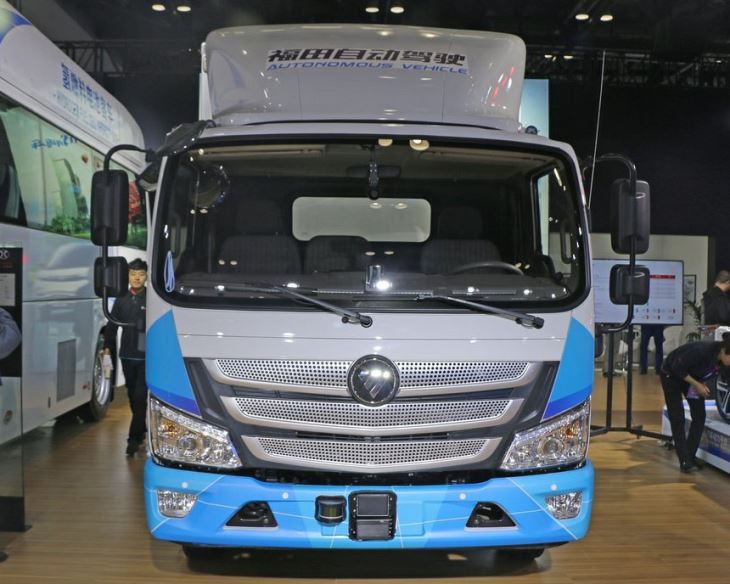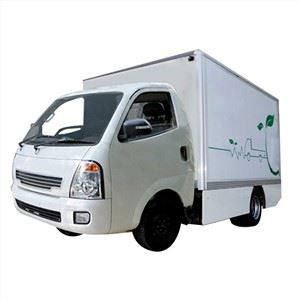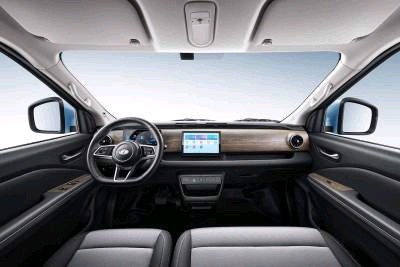Ultimate Guide to Self Contained Compactors: Efficiency and Sustainability in Waste Management

Introduction
In an era where waste management is more critical than ever, self-contained compactors have emerged as a vital solution for businesses and municipalities. These innovative machines not only reduce the volume of waste, making disposal more efficient, but also help keep the surrounding environment clean and hygienic. This article explores the various aspects of self-contained compactors, including their features, benefits, applications, and best practices for usage, ensuring you have all the information needed to make an informed decision.
What is a Self Contained Compactor?
A self-contained compactor is a piece of equipment used in waste management that combines a compaction unit and a storage container into one compact system. It is designed to compress waste material, reducing its volume significantly and allowing for more efficient transportation and disposal. Unlike standard compactors, self-contained compactors are enclosed, which helps prevent odor and leachate leakage, making them an ideal solution for various waste types.
Key Components of Self Contained Compactors
- Compaction Chamber: The area where waste is compacted.
- Storage Container: The sealed container that holds compacted waste until it is ready for disposal.
- Hydraulic System: Powers the compaction process, providing the necessary force to compress waste.
- Control Panel: Allows operators to manage the compactor’s functions easily.
Benefits of Self Contained Compactors
1. Space Efficiency
Self-contained compactors can significantly reduce the volume of waste, allowing businesses to make the most of their available space. When waste is compacted, fewer pickups are required, meaning less room is needed for waste management equipment.
2. Environmental Protection
The enclosed nature of self-contained compactors minimizes the risk of leachate or odors escaping into the environment, protecting waterways and local ecosystems.
3. Cost Savings
Opting for self-contained compactors can lead to lower disposal costs over time due to fewer pickups and reduced landfill fees. Additionally, by keeping waste more contained, companies can save money on cleaning and maintenance costs associated with waste spills.
4. Enhanced Safety
With their ability to effectively manage waste in a safe manner, self-contained compactors reduce the likelihood of accidents related to waste spills, including slips and falls.
5. Improved Hygiene
These compactors help maintain a cleaner working environment by controlling waste overflow, decreasing the risk of pest infestations commonly associated with open waste systems.
Applications of Self Contained Compactors

1. Municipal Waste Management
Municipalities often use self-contained compactors in areas like parks, busy streets, and public events to manage large volumes of waste more effectively.
2. Retail Sector
In retail environments, self-contained compactors help manage packaging waste, significantly improving operational efficiency and cleanliness.
3. Industrial Applications
Firms in industries such as manufacturing and construction can benefit from these compactors due to the high volume of waste generated. Contained waste management systems help streamline processes.
4. Food Service Industry
In restaurants and food processing facilities, self-contained compactors efficiently manage organic waste, ensuring compliance with health regulations and keeping odors at bay.
Case Study: Grocery Store Implementation
A large grocery store in the Midwest implemented a self-contained compactor to manage food waste and cardboard boxes. They reported a 60% reduction in waste volume and a significant cut in garbage collection costs, while improving the overall cleanliness of the loading dock area.
Choosing the Right Self Contained Compactor
Selecting the appropriate unit involves several factors that include:
1. Waste Type
Identify the predominant type of waste you will be managing. Certain compactors are better suited for fabric and food waste, while others may be designed more for cardboard or plastics.
2. Size and Capacity
Consider the volume of waste generated daily. Units come in various sizes, and choosing the right capacity can prevent premature overflow.
3. Power Source
Determine whether an electric or diesel-powered compactor is suitable based on your operational requirements and location.
Maintenance and Best Practices
1. Regular Inspections
Routine checks are crucial for ensuring the machine is functioning efficiently. Look for wear and tear on seals, hydraulic systems, and compaction mechanisms.
2. Cleaning Protocols
Keep the exterior of the compactor clean to prevent the accumulation of waste and odor. Regularly wash down the surfaces to promote hygiene.
3. Proper Loading Techniques
Encourage staff to load the compactor properly, ensuring it is filled adequately without exceeding weight limits. Overloading can damage machinery.
Tips for Optimizing Compactor Use

- Educate staff on efficient waste segregation.
- Encourage compacting cardboard before disposal to save space.
- Schedule regular maintenance checks to avoid downtime.
Frequently Asked Questions (FAQs)
1. What types of waste can be disposed of in self-contained compactors?
Self-contained compactors can handle various types of waste, including solid waste, organic waste, cardboard, and other recyclable materials. However, it’s essential to follow local regulations and the manufacturer’s guidelines.
2. How often should self-contained compactors be emptied?
The frequency of emptying depends on the volume of waste generated. Generally, they should be emptied when they reach about 75% of their capacity to maintain efficiency and hygiene.
3. Are self-contained compactors environmentally friendly?
Yes, they are designed to minimize the environmental impact of waste management by reducing leachate, controlling odors, and optimizing disposal processes.

4. Can I customize a self-contained compactor to fit my specific needs?
Many manufacturers offer customizable options, such as different sizes, additional features, or specialized designs for certain waste types. Consult with manufacturers to create a solution tailored to your needs.
5. What safety features should I look for in self-contained compactors?
Key safety features include emergency stop buttons, safety interlocks, and proper sealing to prevent spills. Always verify that the compactor meets safety standards.
6. How can I find a reliable self-contained compactor supplier?
Research online reviews, ask for recommendations from other businesses, and evaluate suppliers based on their reputation, customer service, and after-sales support.
